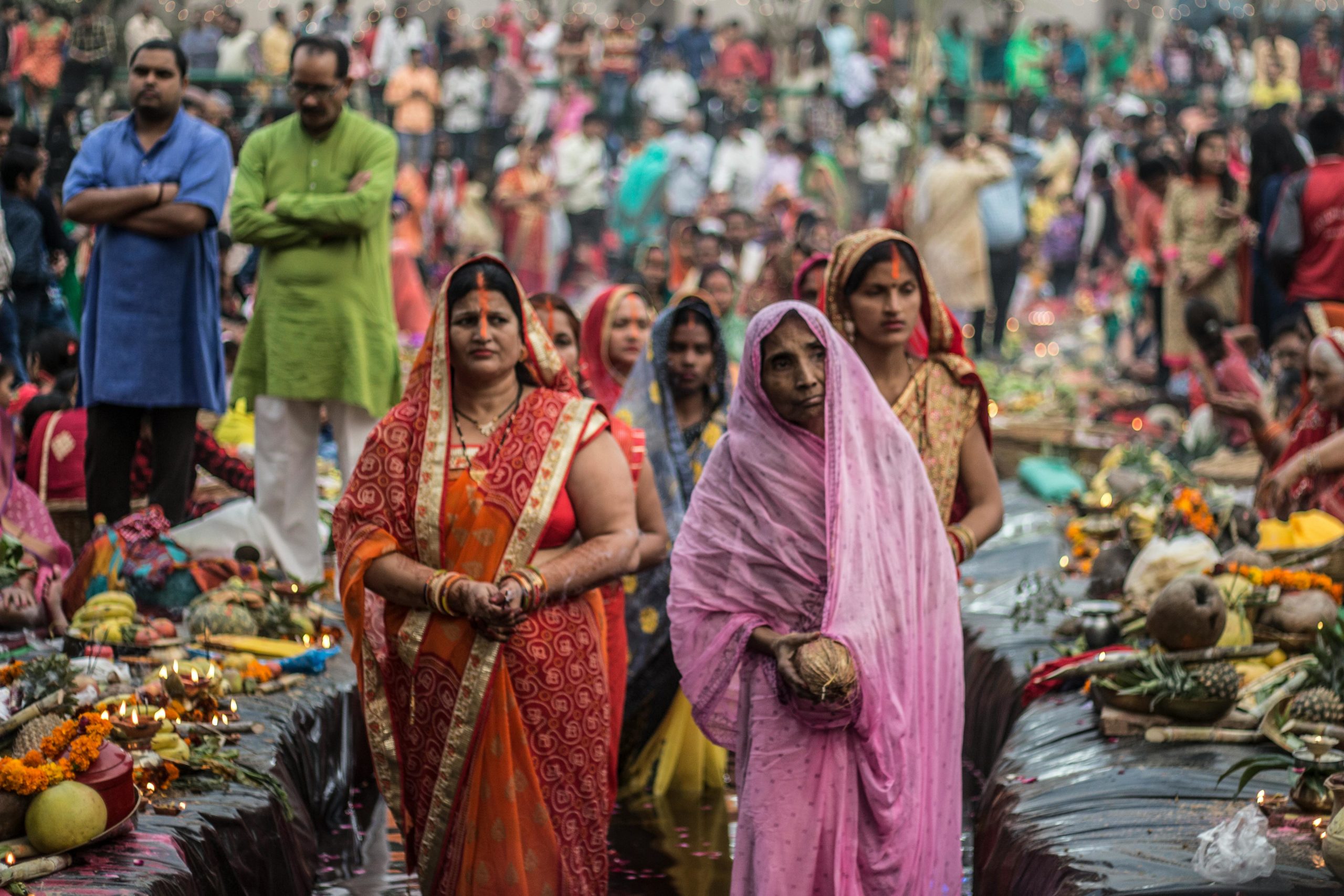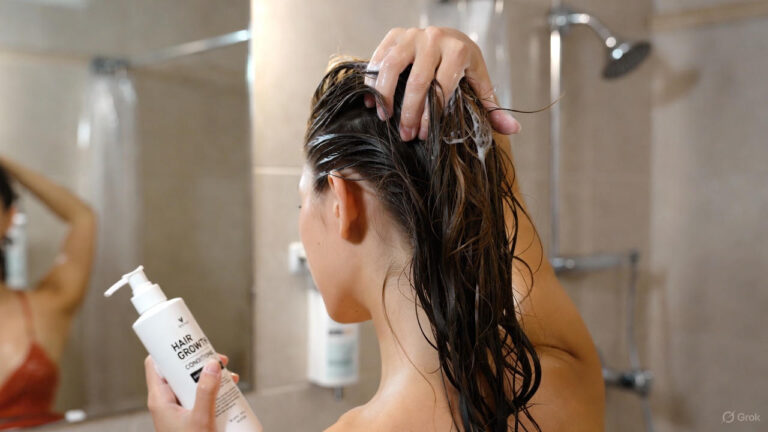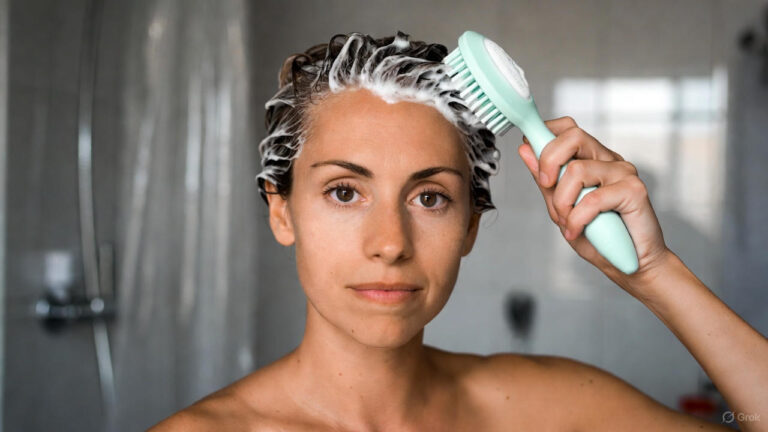Beauty has long been intertwined with rituals and ceremonies, playing a significant role in shaping cultural traditions and societal norms throughout history. From ancient civilizations to medieval courts and beyond, the pursuit of beauty has been a central aspect of human civilization, reflecting the values, beliefs, and aspirations of different cultures and epochs.
In this article, we will explore the multifaceted role of beauty in historical rituals and ceremonies, uncovering the rich tapestry of practices and beliefs that have shaped perceptions of beauty across time and geography.
Beauty in Ancient Civilizations
Ancient civilizations across the globe placed great importance on beauty rituals and ceremonies, viewing physical appearance as a reflection of inner harmony and divine favor.
In ancient Egypt, for example, beauty was synonymous with holiness, and cosmetics played a central role in religious rituals and burial practices. Both men and women adorned themselves with kohl eyeliner, henna dyes, and scented oils as a means of appeasing the gods and achieving spiritual purity.
Similarly, in ancient Greece, beauty was celebrated as a manifestation of divine order and proportion. Greek women used a variety of natural ingredients such as olive oil, honey, and clay to maintain youthful skin and lustrous hair.
Beauty contests, known as “keleusma,” were held as part of religious festivals, where women competed for prizes and acclaim based on their physical appearance.
Beauty in Medieval Courts
During the Middle Ages, beauty rituals and ceremonies took on new significance within the context of courtly culture and chivalric romance.
In medieval Europe, noblewomen adorned themselves with elaborate hairstyles, jeweled headdresses, and intricately embroidered garments as a means of asserting their social status and attracting potential suitors.
Beauty contests, known as “tournaments of love,” were common events in medieval courts, where knights and ladies competed in feats of strength and skill while also showcasing their physical attractiveness.
These tournaments served as both social gatherings and opportunities for courtship, reinforcing ideals of chivalry, romance, and courtly love.
Beauty in Rituals of Passage
Throughout history, beauty has played a central role in rituals of passage, marking significant milestones in the lives of individuals and communities.
From birth to death, rituals such as naming ceremonies, puberty rites, and funerary practices have incorporated beauty rituals as a means of symbolizing transitions and honoring the sacredness of life.
In many indigenous cultures, for example, puberty rites are accompanied by elaborate beauty rituals symbolizing the transition from adolescence to adulthood.
Young girls may undergo ceremonies involving body painting, scarification, and hair adornment as a means of signaling their readiness for marriage and childbearing.
Beauty as a Symbol of Status and Power
In societies characterized by social stratification and hierarchical structures, beauty has often been associated with notions of status and power.
Throughout history, rulers and aristocrats have employed beauty rituals and ceremonies as a means of asserting their authority and distinguishing themselves from the masses.
In ancient China, for example, the practice of foot binding among elite women served as a symbol of status and refinement, despite its detrimental effects on health and mobility.
Similarly, in medieval Europe, elaborate hairstyles, powdered wigs, and porcelain skin were prized attributes among the nobility, reflecting ideals of wealth, sophistication, and privilege.
Conclusion
Beauty rituals and ceremonies have played a central role in shaping cultural traditions and societal norms throughout history, serving as expressions of identity, spirituality, and social hierarchy. From ancient civilizations to medieval courts and beyond, the pursuit of beauty has been a universal aspect of human experience, reflecting values, beliefs, and aspirations of different cultures and epochs.
FAQs
Q1: Were beauty rituals and ceremonies exclusive to women in ancient civilizations?
Beauty rituals and ceremonies were not exclusive to women in ancient civilizations; men also participated in grooming and adornment practices, albeit to varying degrees depending on cultural norms and societal roles.
Q2: How did beauty rituals in medieval courts influence fashion trends?
Beauty rituals in medieval courts often set the tone for fashion trends, with noblewomen and aristocrats serving as trendsetters through their elaborate hairstyles, extravagant garments, and accessories.
Q3: Did beauty rituals and ceremonies have religious significance in ancient civilizations?
Yes, beauty rituals and ceremonies often had religious significance in ancient civilizations, with cosmetics and grooming practices playing a central role in worship and spiritual devotion.
Q4: How did beauty rituals and ceremonies reflect societal values in medieval Europe?
Beauty rituals and ceremonies in medieval Europe reflected societal values such as chivalry, romance, and courtly love, with noblewomen and knights using grooming and adornment practices to express social status and ideals of refinement.
Q5: How have modern beauty rituals and ceremonies been influenced by historical traditions?
Many modern beauty rituals and ceremonies have been influenced by historical traditions, with practices such as spa treatments, bridal makeup, and beauty pageants drawing inspiration from ancient and medieval beauty practices.



